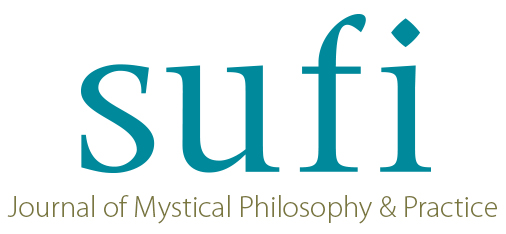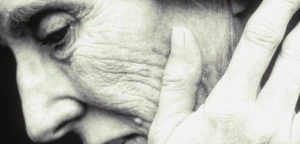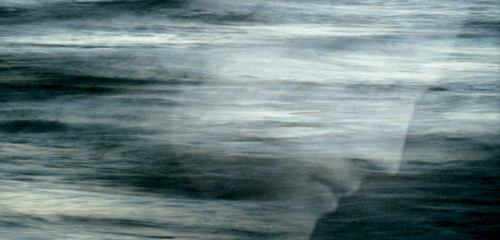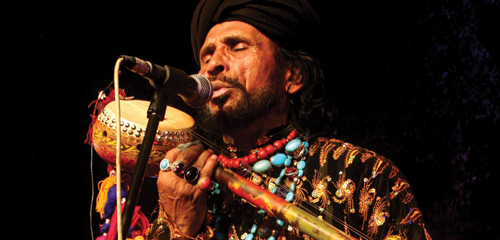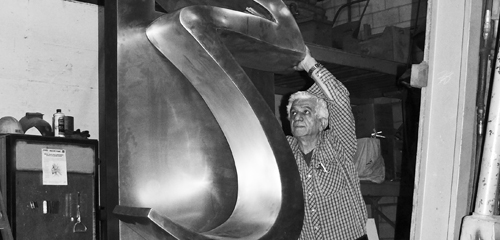Tag: Sufism
Shamanic Traditions and Sufism
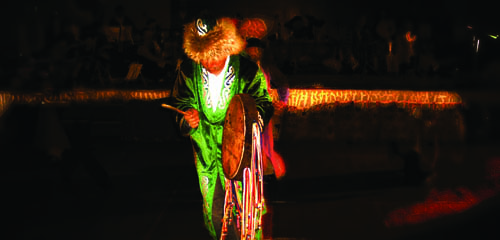 Oruç Güvenç and the Healing Power of Music
Oruç Güvenç and the Healing Power of Music
by Azize Güvenç with Yousef Daoud
Most of us know first-hand the transformative power of music and sound to create a profoundly calming or emotional experience, and readers know our previous issue of Sufi was dedicated to sacred encounters through music.
In their carefully researched essay Shamanic Traditions and Sufism, authors Azize Güvenç and Yousef Daoud take us into the amazing life and work of Dr. Rahmi Oruç Güvenç, a Sufi shaikh and master musician of Turkey who provides healing to the sick through music therapies that fuse Sufism with ancient shamanic practices from Central Asia.
Güvenç and his musicians combine music, movement and dhikr to awaken body, mind and soul. And researchers in Europe, the United States and Turkey are studying the positive effects of Güvenç’s sound and movement therapies on patients suffering from cancer, bone fractures, depression and other maladies.
(Photo courtesy of Azize Güvenç)
Visit the Store to Subscribe or Buy the Current Issue and Back Issues
Senegal, Sufism and Politics
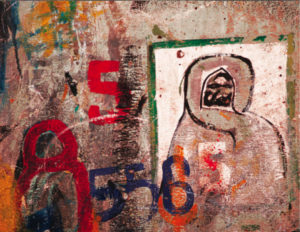 A CONVERSATION with SEYDOU DIOP
A CONVERSATION with SEYDOU DIOP
Interviewed by Annie Stopford and Eugene Ulman
The West African nation of Senegal holds a unique position in the global picture of contemporary Sufism. In a nation with a population of almost 13 million people, 94% of the people identify themselves as Muslim and, of those, 95% are affiliated with one of the four major Sufi orders in the country.
Sufi leaders wield enormous influence in all aspects of Senegalese religious, economic and social life. The complex and often controversial role they play in mediating between the government and their own disciples is often viewed as the source of Senegal’s relative political stability. In this interview Seydou Diop, a former Senegalese diplomat, shares his own personal insights and experiences in these matters.
Mr. Diop retired from the diplomatic corps in 2004 and is today a Shaikh of the Nimatullahi Order in Dakar. The interview begins with some discussion of Mr. Diop’s religious and family background, and ranges over many fascinating subjects, including the differing responses of Sufi leaders to French colonialism, the influence of Sufi leaders on Senegalese politics, Sufism and the role of women, and his personal experience on the Nimatullahi path.
(Photo © Thomas J. Haslam, www.evolvinghumanities.org)
Visit the Store to Subscribe or Buy the Current Issue and Back Issues
Lian Ensemble
MUSICAL COLLABORATIONS AND BEYOND
by Sholeh Johnston and Richard Barton
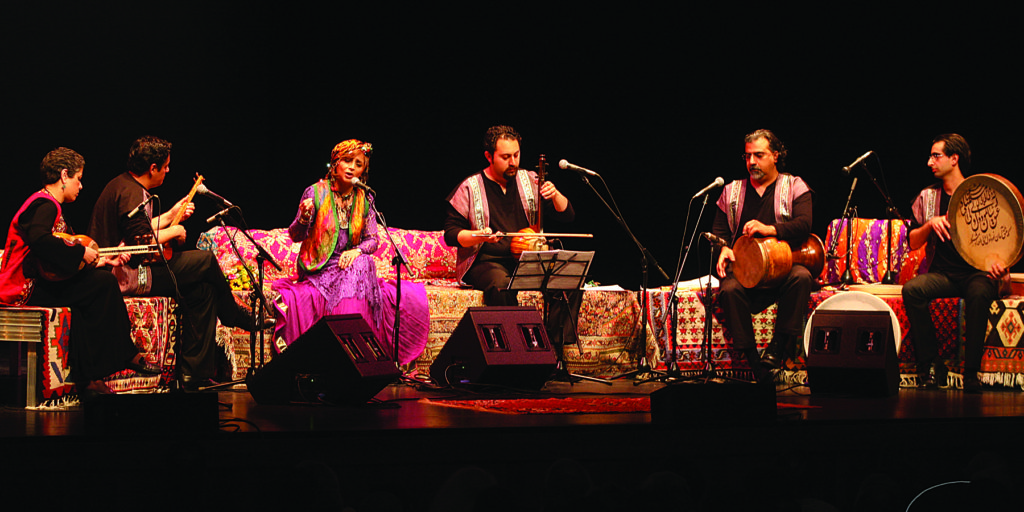 Listen to each of the ten albums that Lian Ensemble has produced during its 16 year recording history and one of the first realizations that strikes you is the quality of the guest performers and the rightness of the fused sounds. Again and again one is struck by unexpected musical combinations that nonetheless have a timeless quality, enveloping listeners in a cloud that transports them beyond themselves
Listen to each of the ten albums that Lian Ensemble has produced during its 16 year recording history and one of the first realizations that strikes you is the quality of the guest performers and the rightness of the fused sounds. Again and again one is struck by unexpected musical combinations that nonetheless have a timeless quality, enveloping listeners in a cloud that transports them beyond themselves
(Photo Courtesy of Lian Ensemble)
Visit the Store to Subscribe or Buy the Current Issue and Back Issues
